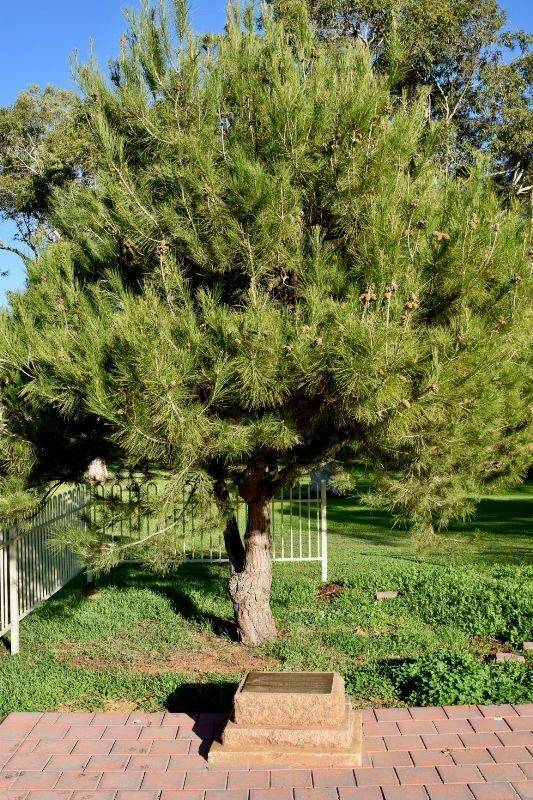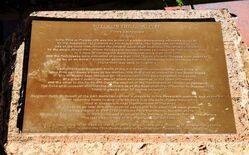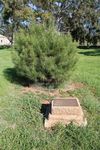
Home » Themes » Conflict » World War One
Lone PinePrint Page 
The pine tree commemorates those who served in World War One.
The Lone Pine was a solitary tree on the Gallipoli Peninsula in Turkey, which marked the site of the Battle of Lone Pine in 1915. Pines which are planted as a memorial to the Australian and New Zealand soldiers who fought in Gallipoli are also known as "Lone Pines" or "Gallipoli Pines", referencing the original tree.
Location
| Address: | Main North Road, Tarlee, 5411 |
|---|---|
| State: | SA |
| Area: | AUS |
| GPS Coordinates: | Lat: -34.271806 Long: 138.770139 Note: GPS Coordinates are approximate. |
Details
| Monument Type: | Tree |
|---|---|
| Monument Theme: | Conflict |
| Sub-Theme: | WW1 |
| Actual Event Start Date: | 04-August-1914 |
| Actual Event End Date: | 28-June-1919 |
Dedication
| Approx. Monument Dedication Date: | 2009 |
|---|
Notes on the Lone Pine
Pinus halopensis
Origins
Lone Pine or Plateau 400 was the scene of a major diversionary offensive launched by the Australian 1st Division on 6th August 1915. The Turks had cut down all but one of the trees that covered the ridge to cover their trenches. The ridge dominated by the single Aleppo Pine (Pinus halopensis) became know as Lonseome Pine or Lone Pine. In 3 days of fighting the Australians lost more than 2000 men and the Turk losses were estimated at more than 7000. Seven Victoria Crosses were awarded. As far as we know 2 Australian soldiers souvenired pinecones from the ridge that found their way back to Australia.
Lance Corporal Benjamin Smith of the 3rd Battalion whose brother was killed at Lone Pine sent home a cone to his mother, Mrs McMullen at Inverell in New South Wales. Mrs McMullen kept the cone for 13 years until 1928 before planting the seeds. She grew two seedlings, one of which was presented to the town of Inverell and the other to the Parks and Gardens section of the Department of Interior in Canberra. The Duke of Gloucester planted this second tree at the Australian War Memorial in October 1934. Today it stands over 20 metres in height.
Sergeant Keith McDowell of the 24th Battalion carried a pinecone in his haversack until the end of the war. Upon returning home to Australia he gave it to his aunt, Emma Gray who lived at Grassmere near Warrnambool in Victoria. A decade or so later Mrs Gray planted seeds and four seedlings were grown. One was planted in May 1933 in Wattle Park Melbourne. Another at the Shrine of Remembrance in Melbourne and another at the Soldiers Memorial Hall at The Sisters. The last was planted in the Warrnambool Botanic Gardens.
In 1990 2 trees were taken back to Gallipoli with War veterans who attended the memorial service to mark the 75th Annniversary of the Gallipoli Campaign.







